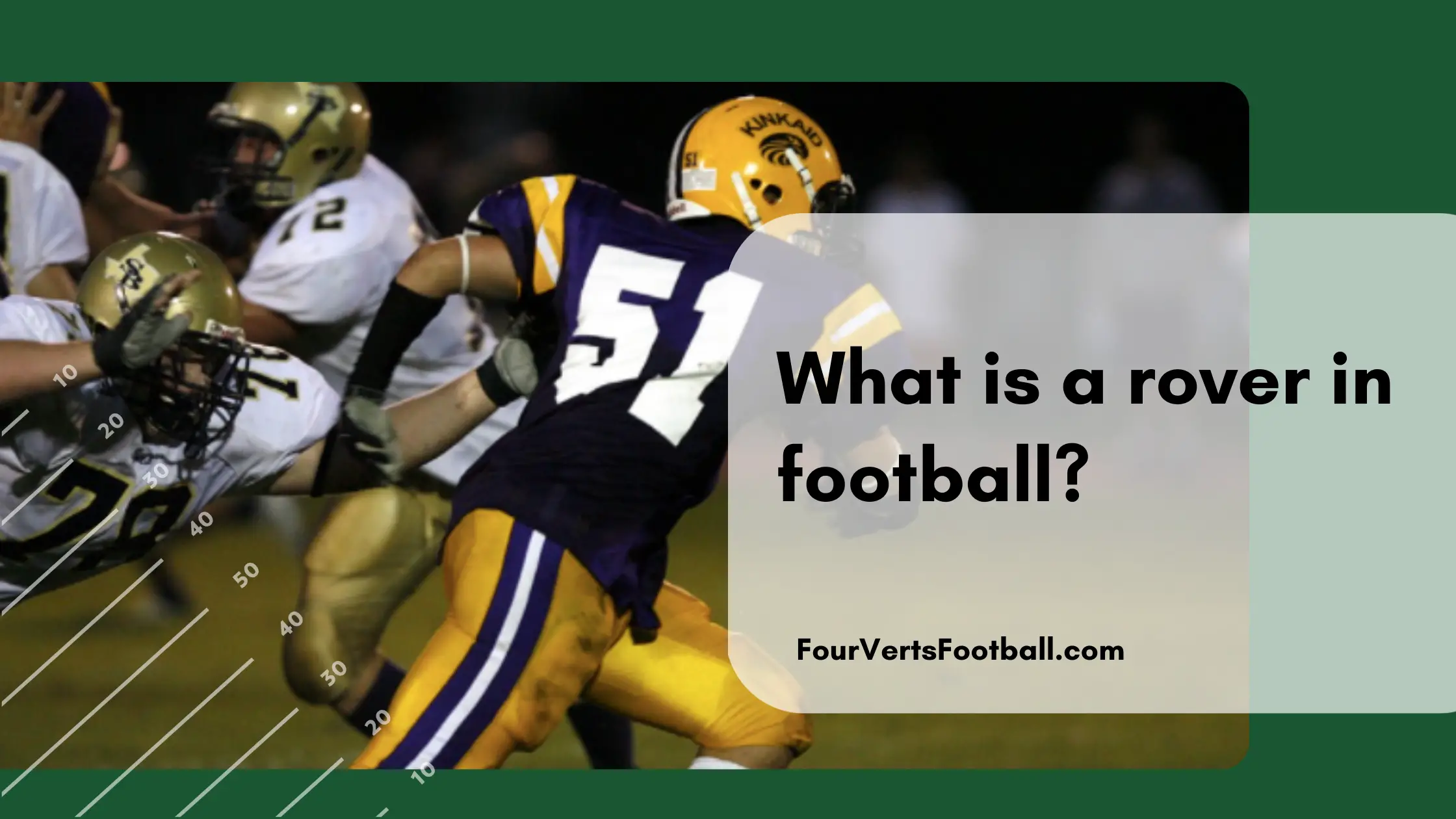A rover in football is a defensive position which is a combination of a safety and linebacker position. Generally, a rover is used as a fifth defensive back in place of a nickel corner. Rover’s size and athleticism allow them to cover skill positions and contribute to the run game.
Rovers tend to see a lot more usage in college football but have been used sparingly in the NFL as well.
The combination of skills between the safety and linebackers positions allows rovers to play a unique role in the defense.
Typically these rovers are going to be tweeners. This means the size and skills place them in between two different positions. This is usually a negative description of a player but when it comes to rovers being a tweener is a positive.
This allows the player to have the size of a linebacker to participate in the run game while still having the speed and coverage ability to play like a safety.
Generally, rovers are going to be covering running backs and tight ends on passing downs. This works well for these players as they do not usually have the speed to cover wide receivers split out near the sideline.
What does a rover do in football?
Now that you know what a rover is in football you may be wondering what it is they do on the football field.
Below we will cover some of the main responsibilities that rovers have on the defense.
Covering skill positions
One of the main aspects of playing the rover position is effectively covering running backs and tight ends. Generally, a rover is used in a defensive formation with five defensive backs.
The goal of this formation is to stop the opposing team from effectively passing the ball. With five defensive backs on the field, the team is typically only going to have two linebackers.
To execute the pass coverage properly the rover needs to be able to cover the larger players on the field. The rover will generally cover players lining up in the slot or along the end of the offensive line.
The safety traits of the rover position allow this position to be effective in coverage against potential receivers.
Spying the quarterback
Another job of the rover position is to keep and eye on the quarterback. It is no secret that dual-threat quarterbacks have seen great success in both the NFL and NCAA in recent years.
In order to stop these qbs teams need a player that can keep up and make a tackle when the time comes.
When using a nickel corner as a fifth defensive back they will often have the speed to match these quarterbacks but will be a little undersized when it comes to tackling them.
A rover has a much larger build than a nickel corner and can use this extra size to consistently bring down the quarterback.
A good rover can be a very effective way to shut down an opposing team’s dual-threat quarterback.
Using their size in the run game
One of the key responsibilities of the rover position is to contribute to the running game. When playing with five defensive backs on the field the defense is going to have to take off a linebacker.
This leaves the team with only two linebackers on the field. In order to effectively fight off blocks and stop the run larger players may be needed in the defense.
The rover can play this role by using his size. Using a rover instead of a nickel corner makes the defense more solid when it comes to stopping the run.
That is all on rovers in football, now you may be wondering what is a flanker in football or what is a split end, check out our articles to get the answers to those questions.

